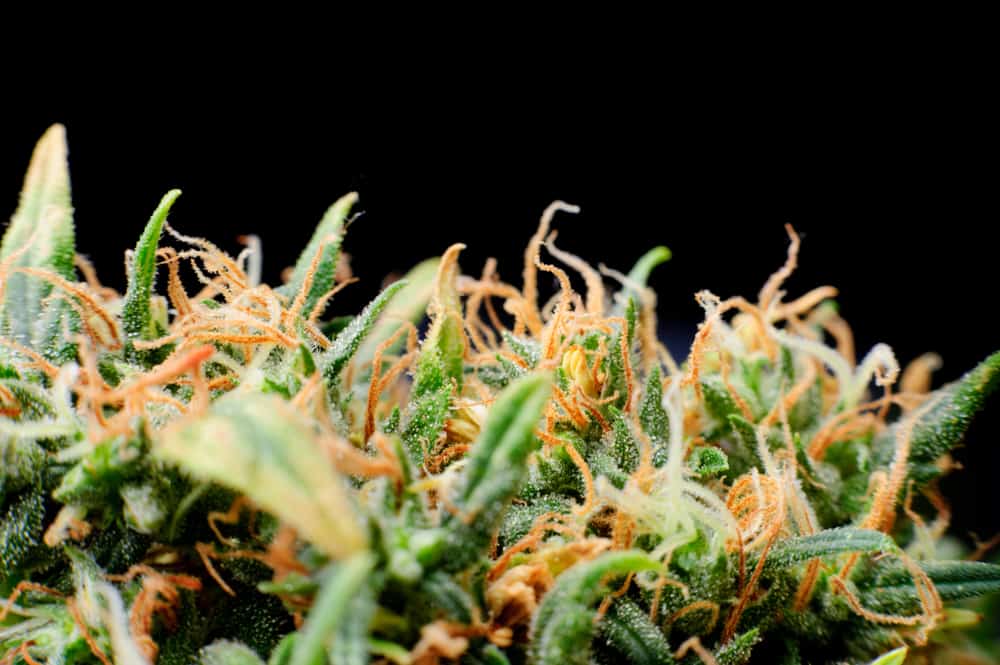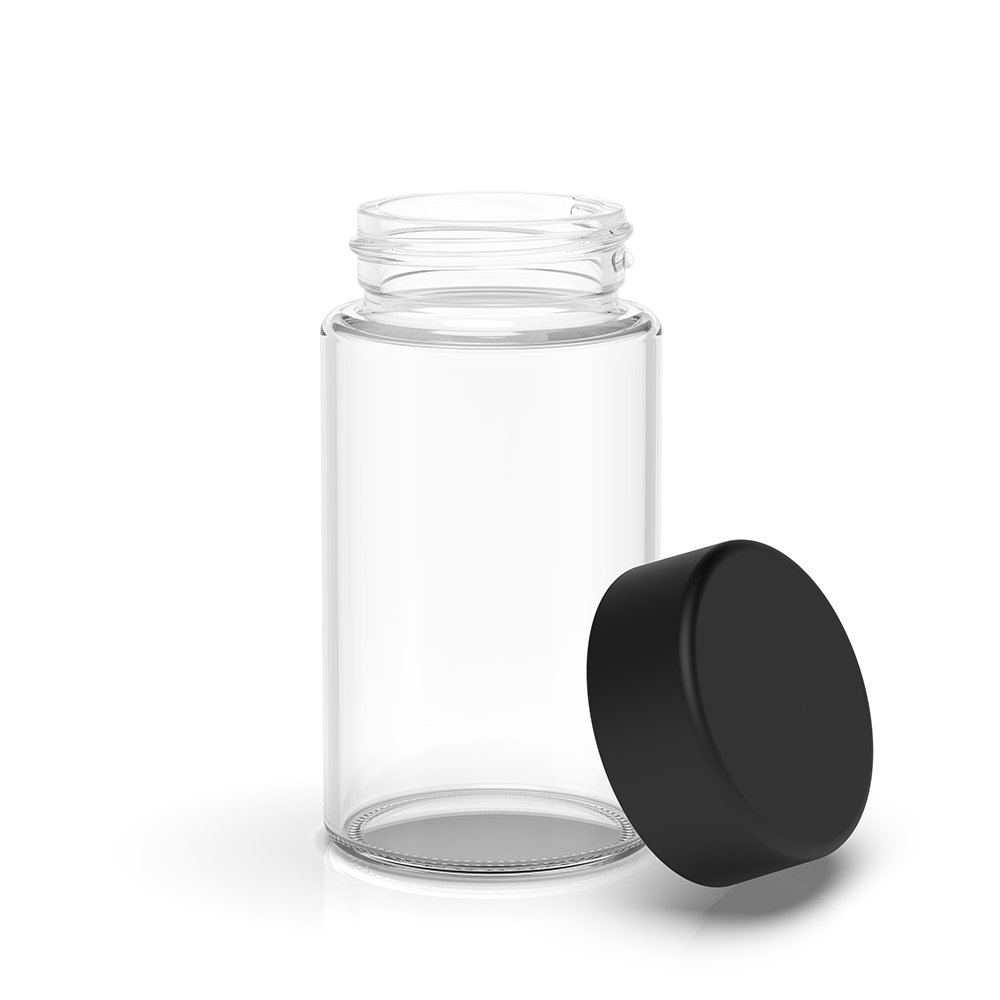Two very large concerns are shared by all people who are involved in agriculture. These being the overriding quality of their product and the external factors that could result in the decimation of their entire crop.
Marijuana cultivation is categorized as agriculture and is thus subject to these same conditions. When it comes to the destruction of the entire crop, two pests pose the greatest threat to a cultivator. These being the spider mite and the hemp russet mite.
While these pests can destroy an entire crop in one foul swoop, they do not pose any significant threat to the consumer of the product. This threat instead lies in the metaphorical hands of mycotoxins. If consumed by animals or plants, these mycotoxins can result in disease and even death. Therefore, they should be avoided at all costs.
What are mycotoxins and where do they come from?
These microscopic particles are produced by mold and fungi that live and grow quite happily in marijuana plants if they are given the right conditions. Mycotoxins are dangerous to the health of both humans and animals.
There are very stringent rules enforced by the FDA regarding the amount of them that are allowed to be present in food that is designated for humans and animals alike. These rules effectively say that if there is a kilogram of food then no more than 0.02 milligrams of this can be mycotoxins.
How do mycotoxins impact the health of humans?
It is all well and good saying that these things can be harmful to one’s health, but how dangerous are they and what do they do if they do make their way into your system?
The first mycotoxins that are of concern are produced by Aspergillus parasiticus and the Aspergillus flavus, which are called aflatoxins. Once these chemicals have entered the human body, they can mutate one’s DNA, produce liver cancer in their host, and suppress the immune system.
Then there are the mycotoxins that are produced by Penicillium verucosum and Aspergillus ochraceus, which are called ochratoxins. These mycotoxins are also considered to be carcinogenic as they can impair the DNA function and structure in the cells of the hosts that they have inhabited.
A closer look at aflatoxins
When it comes to carcinogens, there is a scale which rates just how dangerous they are to those who are exposed to them. On this scale, we find 5 aflatoxins which are all classed as a level 1 carcinogen.
This means that they form part of a group that constitutes the most dangerous type of carcinogen that one could be exposed to. These mycotoxins form a very real concern for marijuana growers when one considers just how dangerous they are.
The problem then becomes, what does one do once these mycotoxins have made their way into the marijuana crop? Is there a way to get rid of them or at the very least, to decrease the concentration of them in the crop?
Why are these mycotoxins so hard to get rid of?
In agriculture, it is common practice to mix a contaminated crop with a batch that is not contaminated. The result of this mix is a crop that is less contaminated than the initial batch.
While this process may not sound desirable, it does ensure that many different products adhere to the guidelines set out by the FDA. Unfortunately for marijuana cultivators, when it comes to mycotoxins, contaminated crops are not to be mixed with otherwise clean crops in an attempt to decrease the contamination concentration.
This is not the only method that marijuana cultivators are not allowed to use. They cannot use chemicals like ammonia to remediate the crop, and they cannot use heat either.
In the latter case, it is not that they are prohibited from using heat, but rather it is because aflatoxins have molecular stability that can withstand temperatures at much higher levels than the cannabinoids in cannabis. Rendering heating a useless process in the fight against mycotoxins.
Is prevention possible?
People love saying that prevention is better than cure, and while this statement may be correct in some cases when it comes to marijuana cultivation and preventing the production of aflatoxins, prevention is not always an option.
If the organisms that produce aflatoxins make their way into the crop, then it is almost guaranteed that there will be aflatoxins present in the crop. These organisms thrive in environments that boast a fair amount of water which therefore makes the soil in which marijuana is grown, a weak point of entry.
It would take chemicals, that are not allowed in marijuana cultivation, to destroy these organisms before harvesting has even started meaning that cultivators only choice is to try and reduce the number of aflatoxins that are produced during the harvesting and storing processes.
What can you do once marijuana has been harvested?
According to studies that have been done on aflatoxin production, the amount of water that is present is the most important factor. This means that any method that strives to reduce the amount of these toxins that are produced would be focused on decreasing the amount of water that is available.
When it comes to harvesting marijuana plants, cultivators should avoid leaving their harvesting to the last minute. As these plants mature, they get denser resulting in fresh leaves and buds that hold a lot of water. This provides a perfect environment for fungus and mold to thrive.
Storage methods that inhibit aflatoxin production
While cultivators can try to limit the amount of water and pests that are present while they are cultivating and harvesting their marijuana, aflatoxins can still be produced while the buds are in storage.
This means that cultivators should try to dry their plants as quickly as possible after harvesting and to make sure that they remove at least 85% of the moisture in the plants in the drying process.






